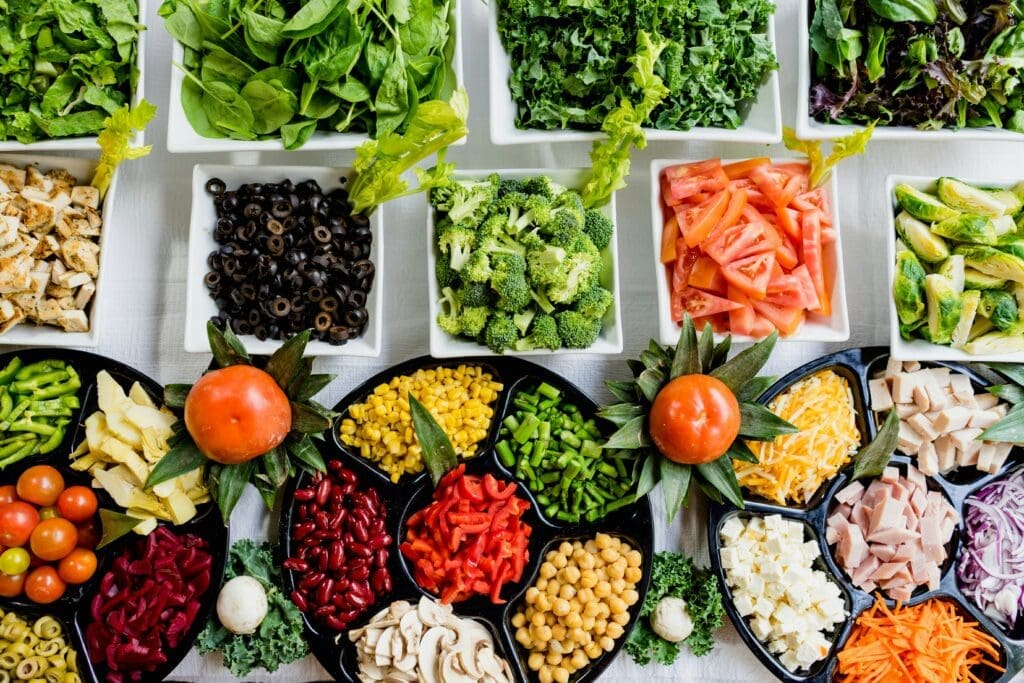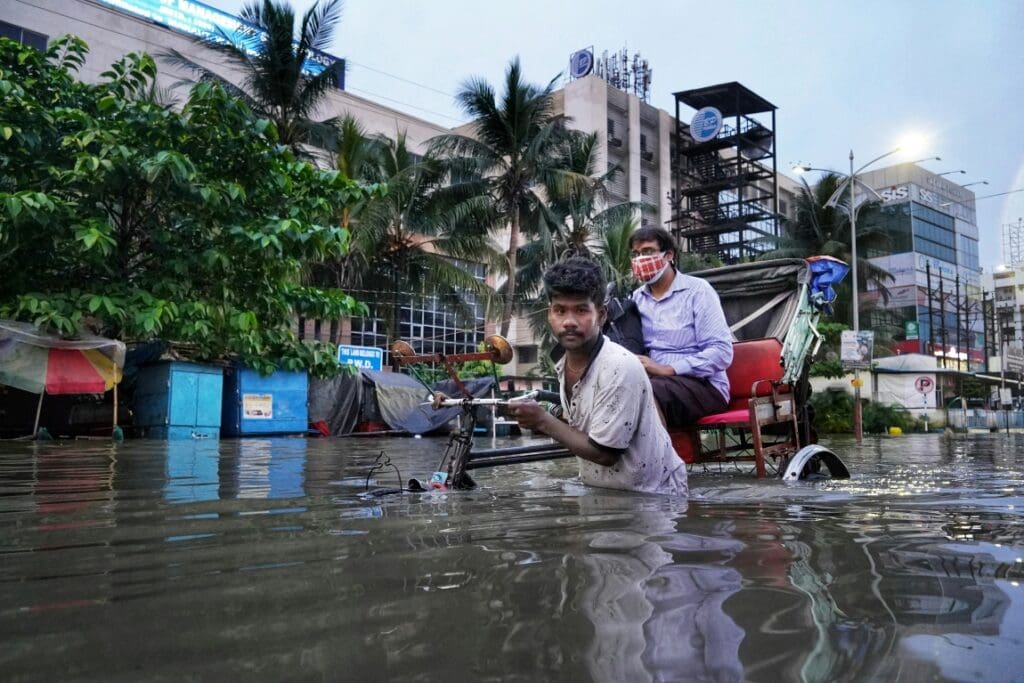Securing a sustainable future while addressing the climate crisis is a multifaceted challenge.
In a recent study published in Environmental Research Letters, researchers from the Potsdam Institute for Climate Impact Research (PIK) outline three potential pathways to meet the United Nations’ Sustainable Development Goals (SDGs) and tackle climate change effectively. These strategies highlight the complex interplay between environmental, economic, and social objectives and offer solutions that surpass the current business-as-usual approach.
Bjoern Soergel, lead author of the study, explains: “Sustainable development pathways are strategies that prevent dangerous climate change while at the same time moving towards a world that allows people to prosper on a healthy planet.”
The study provides a roadmap for navigating the 17 SDGs agreed upon by the United Nations in 2015. According to Soergel: “Our analysis shows that all three sustainable development pathways are far more effective than our current ‘business as usual’. They drive substantial progress towards the SDGs, for example reducing the number of people in extreme poverty by two thirds until 2030 and to virtually zero in 2050. They also curb global warming and avert further degradation of the environment.”
Importantly, the study also addresses potential pitfalls.
“They also avoid the unintended side effects of simplistic climate protection strategies, such as relying heavily on bioenergy or carbon capture and storage without taking into account potential conflicts with food production or public acceptance,” Soergel adds. This nuanced approach sets the study apart, as it explores balanced solutions that consider environmental and social impacts.
The three pathways
The research describes three distinct pathways that can drive progress toward the SDGs, with each one focusing on different mechanisms to achieve sustainability goals. By leveraging four integrated models covering global energy, economy, land, climate, buildings, and materials, the study provides a comprehensive comparison of these strategies.

Isabelle Weindl, a co-author and PIK scientist, notes: “All scenarios we looked into share the same set of goals, but the question is how to get there.”
One of these pathways (SDP-RC: Resilient Communities achieving sustainable development), the Sustainable Lifestyle pathway, emphasizes significant shifts in consumption patterns. It involves a rapid transition to flexitarian diets, which primarily focus on plant-based foods. Weindl highlights the health benefits of this approach, which would simultaneously reduce the environmental impact of food production.
“This pathway would further include a reduction of global final energy use per capita of around 40% by 2050, with wealthier countries contributing the largest share to decrease energy inequality,” she adds. While adopting such widespread lifestyle changes may seem daunting, the researchers point out the long-term gains, especially for biodiversity and climate protection.
Soergel stresses that the sustainable lifestyle pathway has the “lowest reliance on unproven technologies and the most positive outcomes for biodiversity and climate protection.” However, the extent to which populations can realistically adopt these changes presents a challenge.
A second pathway (SDP-EI: Economy-driven Innovation towards sustainable development) focuses on technological innovation, proposing a more gradual shift in diets and energy consumption. It places a stronger emphasis on the development and deployment of green technologies, from renewable energy systems to carbon capture and storage. This pathway assumes rapid advancements in clean energy production and infrastructure, reducing reliance on traditional fossil fuels.
The third pathway (SDP-MC: Managing the Global Commons to ensure sustainable development), meanwhile, calls for stronger government intervention and systemic change, targeting coordinated efforts across sectors. By orchestrating a broad transition through policy and regulation, governments can drive systemic change in key industries and reduce emissions. However, this route may face hurdles in political will and public support, making the pace of its implementation a critical factor.
Elmar Kriegler, Head of the research department on Transformation Pathways at PIK, and co-author of the study emphasizes the importance of exploring all three pathways. “Even though the pathways differ in what they emphasize, they all can deliver,” he says. “This is important because the path to sustainable development is often narrowed to individual worldviews, making it more difficult to find common ground to embark on this journey.”
He underlines the urgency of taking decisive action: “If we stick to our current trajectory, none of the SDGs will be achieved. By 2030, 660 million people could still be living in extreme poverty, and environmental crises like biodiversity loss and global warming will only get worse. So it is clear we must act now.”
The message from the research is clear: immediate action is required to avert the worst impacts of climate change and environmental degradation. The findings of this study provide multiple routes to ensure that future development aligns with both climate targets and the SDGs. However, the choice of which pathway to pursue will depend on global cooperation, political ambition, and societal readiness to embrace change.
Kriegler’s conclusion reflects the study’s underlying call for urgency: “We can still choose which sustainable path to pursue, but ignoring them is no longer an option.”
In conjunction with the study, an interactive web tool has been developed, allowing stakeholders to explore and visualize the various scenarios and their outcomes. The tool offers governments, NGOs, and companies a valuable resource to guide decision-making toward a sustainable and equitable future. The platform is hosted by IIASA and available at SHAPE Project website, making it accessible for broader exploration and application.
Journal Reference:
Bjoern Soergel et al. ‘Multiple pathways towards sustainable development goals and climate targets’, Environmental Research Letters 19, 124009 (2024). DOI: 10.1088/1748-9326/ad80af
Article Source:
Press Release/Material by Potsdam Institute for Climate Impact Research (PIK) & IIASA
Featured image credit: Pixabay | Pexels




